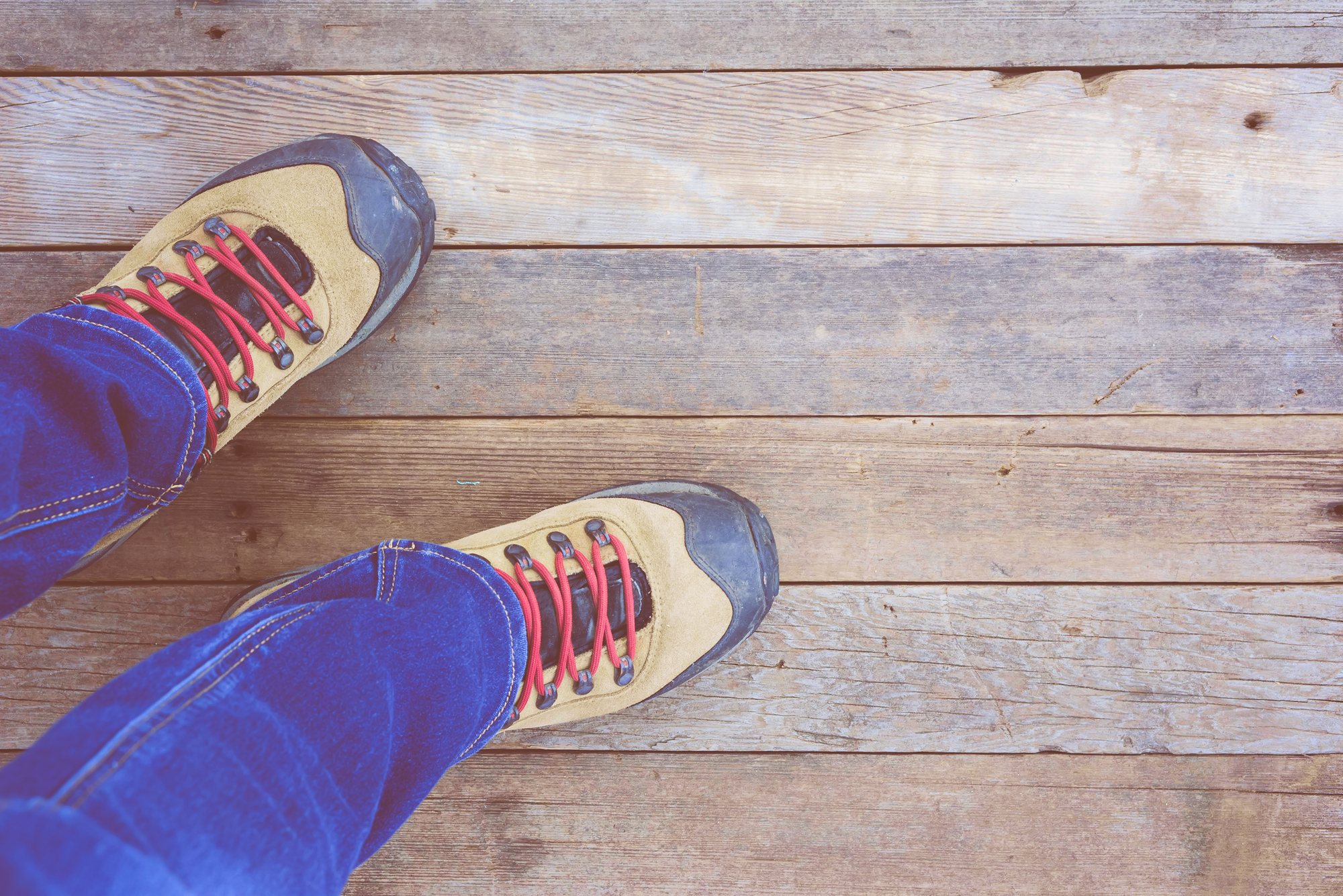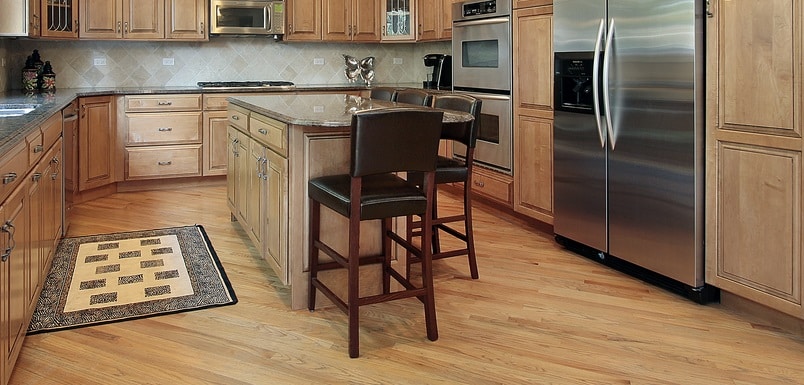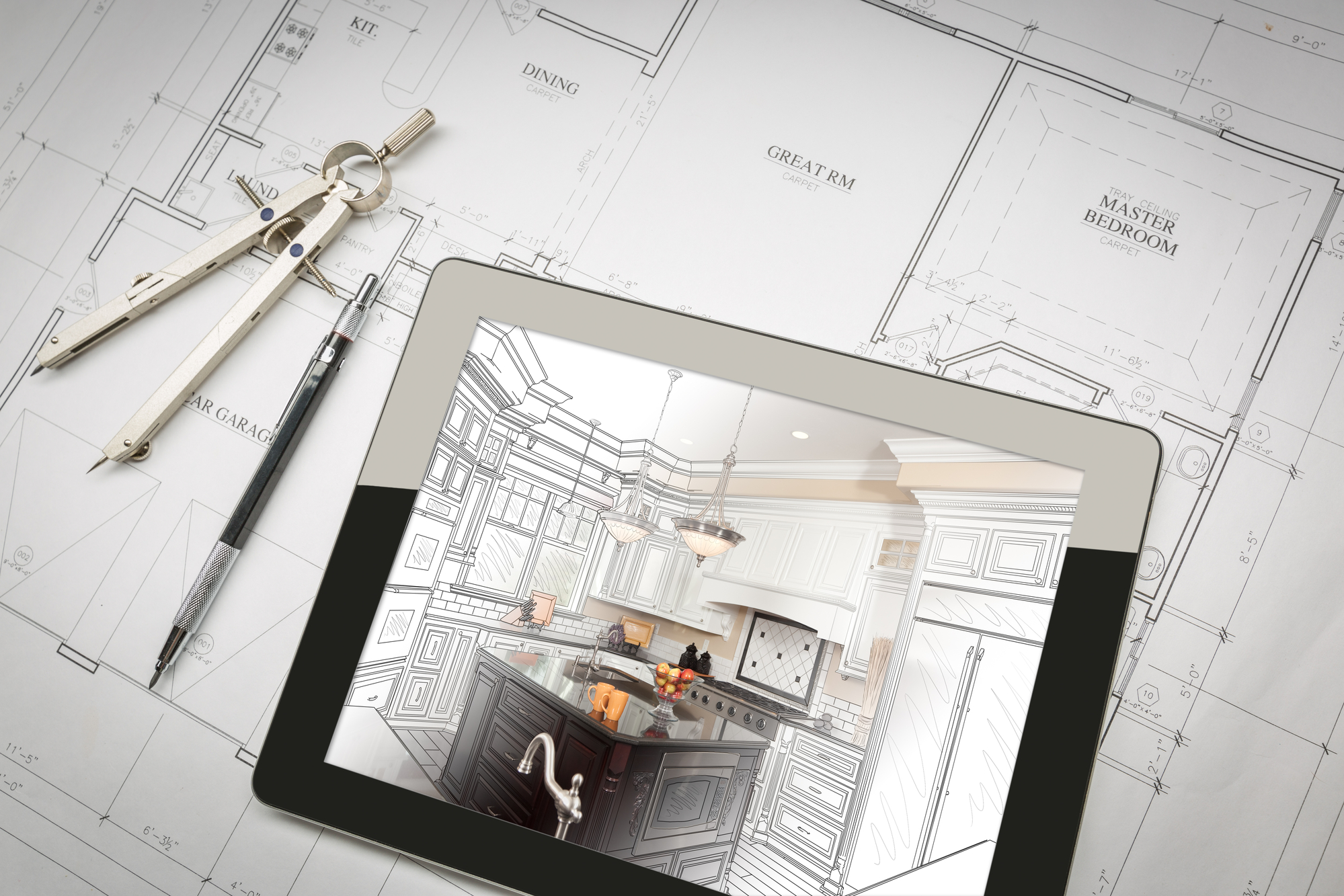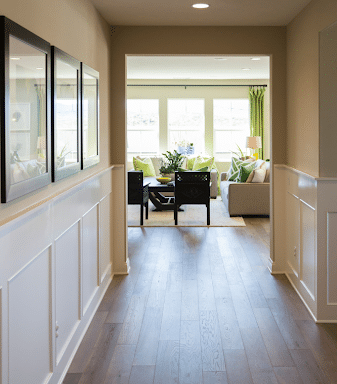Discover High-End Luxury Vinyl Tile Flooring August 26, 2024· by helium_seo When you step into a home with solid hardwood floors, you
Read More →Discover the Beauty of Wide Plank Hardwood Flooring

Hardwood flooring has long been a favorite choice for homeowners seeking to add warmth, elegance, and natural beauty to their living spaces. Among the various hardwood options, wide plank flooring has emerged as a popular trend, capturing the attention of homeowners and interior designers alike. With its rustic charm and timeless appeal, wide plank hardwood flooring can transform any room into a stunning showcase of style and sophistication.
Related: Explore our hardwood flooring guide
Wide Plank Hardwood Flooring for Your Home
What Is Wide Plank Flooring?
Wide plank flooring refers to hardwood boards that are wider than the traditional 2 1/4 to 3-inch planks. Typically, wide planks range from 5 to 12 inches in width, with some options even reaching up to 20 inches. The increased width of these planks creates a distinct visual impact, showcasing the natural beauty of the wood grain.
The Benefits of Choosing Wide Plank Hardwood
Wide plank flooring offers several advantages over traditional narrow planks. The broader boards create a sense of openness and grandeur, making even smaller rooms feel more spacious. The wider surface area also highlights the unique characteristics of the wood, such as knots, swirls, and color variations, adding depth and character to your flooring.
Additionally, wide plank flooring can be more stable than narrow planks, as they are less likely to expand and contract with changes in humidity. This stability helps minimize gaps and ensures a more even and durable floor surface over time.
Key Factors to Consider When Upgrading to Wide Plank Flooring
Choice of Flooring Materials
When selecting wide plank flooring, it’s essential to consider the type of wood species that best suits your needs and preferences. Quality options include wide plank white oak hardwood, maple, hickory, bamboo, and walnut, each offering distinct grain patterns, colors, and durability.
Another important decision is choosing between solid wood and engineered wood. Solid wood planks are made from a single piece of wood and offer a timeless look, while engineered wood consists of multiple layers of wood with a hardwood veneer on top, providing greater stability and resistance to moisture and temperature changes. Consider factors such as foot traffic, exposure to sunlight, and moisture levels when choosing the right wood species and construction for your home.
Related: Explore bamboo hardwood flooring or the beauty of solid hardwood flooring
Styles and Finishes
Wide plank flooring comes in a variety of styles and finishes, allowing you to customize your flooring to match your design vision. From smooth and polished to hand-scraped and distressed, there are finishes to suit every taste. One popular choice for a textured finish is circular sawn hardwood flooring. This rustic design is created by using a circular saw to cut the wood, resulting in a textured surface with visible saw marks that mimic the look of vintage or reclaimed wood. You can also choose from a range of stain colors, from light and natural to rich and dark tones, to create the perfect look for your space.
Installation and Maintenance
Installing wide plank flooring requires skill and precision to ensure a seamless and stable result. It’s crucial to work with experienced professionals who have the knowledge and tools to handle the unique challenges of wide plank installation. Proper installation techniques, such as acclimating the wood to the room’s humidity levels and allowing for adequate expansion gaps, are essential to prevent warping, cupping, or gaps in your flooring.
Regular maintenance is key to keeping your wide plank floor looking beautiful and extending its lifespan. Sweep or vacuum your floors daily to remove dirt, dust, and debris that can scratch the surface. Use a damp mop or cloth for deeper cleaning, but be sure to wring out excess water to avoid damaging the wood. Avoid using harsh cleaning agents or abrasive tools that can strip away the finish or scratch the surface.
To protect your wide plank flooring from wear and tear, place mats or rugs at entryways to catch dirt and moisture, and use felt pads under furniture legs to prevent scratches. Maintain a consistent humidity level in your home to minimize expansion and contraction of the wood, which can cause gaps or warping.
Over time, your flooring may develop signs of age or wear, such as scratches, dents, or fading. When this happens, professional refinishing can restore the beauty and luster of your floors. Refinishing involves sanding down the surface to remove imperfections and applying a new finish to protect and enhance the wood.
Home Design With Wide Plank Flooring
How to Style Your Space
Wide plank flooring provides a versatile foundation for various design styles, from traditional and rustic to modern and minimalist. The natural beauty of wide plank flooring can be enhanced by incorporating complementary elements such as area rugs, furniture, and lighting. Create a cohesive look by selecting colors and textures that harmonize with the warm tones and organic patterns of your hardwood floors.
Matching Your Flooring With Home Decor
When styling your space with wide plank flooring, consider the color palette and overall design aesthetic of your home. For a rustic or farmhouse-inspired look, pair wide plank flooring with distressed wood furniture, cozy textiles, and vintage accents. In a modern setting, showcase the clean lines and natural beauty of wide plank flooring with sleek, minimalist furnishings and neutral color schemes.
Room-Specific Suggestions for Wide Plank Flooring
Different rooms in your home may benefit from specific wide plank flooring choices. For high-traffic areas like entryways and living rooms, consider harder wood species such as hickory or oak for increased durability. In bedrooms and home offices, softer woods like walnut or cherry can create a warm and inviting atmosphere. Bathrooms and kitchens may require engineered wide plank flooring, which offers increased moisture resistance and stability compared to solid hardwood.
Let HPH Help You Upgrade to Wide Plank Flooring
At High Performance Home, we understand the importance of selecting the perfect flooring for your living space. Our team of experts is dedicated to providing homeowners with the knowledge and resources needed to make informed decisions about their home improvement projects. Whether you’re remodeling your existing home or building a new one, HPH can guide you through the process of choosing the ideal hardwood flooring that meets your specific needs and enhances the beauty of your home.
We are committed to improving the quality of housing and construction by recommending high-quality products and components. By working with HPH, you can have confidence in your flooring choice, knowing that it has been vetted by professionals who prioritize performance, durability, and aesthetic appeal. Our mission is to advocate for consumers and bridge the gap between homeowners and contractors, ensuring that everyone receives the best value possible. Contact us to learn more.
Related: Read our ultimate flooring guide
Frequently Asked Questions
Is wide plank flooring more expensive than regular hardwood flooring?
Wide planks are more expensive than traditional hardwood flooring since they are larger and must be sourced from older growth trees, which are more valuable. However, the size of the planks also means you’ll need fewer of them to complete your flooring. The investment in wide plank flooring can add significant value to your home and create a stunning visual impact that justifies the additional cost.
Can wide plank flooring be installed over radiant heating systems?
Yes, wide plank flooring can be installed over radiant heating systems, but it’s crucial to choose the right wood species and follow proper installation techniques. Engineered wide plank flooring is often recommended for use with radiant heating, as it offers greater stability and resistance to temperature and humidity changes.
How do I clean and maintain my wide plank hardwood floors?
To clean and maintain your wide plank hardwood floors, start by regularly sweeping or vacuuming to remove dirt and debris. Use a damp mop or cloth to gently clean the surface, being careful not to saturate the wood. Avoid using excessive water or harsh cleaning agents, as they can damage the finish. Periodically, you may need to refinish your floors to restore their natural beauty and protect them from wear and tear.
Transforming Your Home with Laminate Flooring August 26, 2024· by helium_seo Engineered hardwood has become increasingly popular among homeowners and contractors alike,
Read More →Incorporating Garage Tile Flooring in Your Home August 26, 2024· by helium_seo Is your home flooring ready for an upgrade? Elevating your
Read More →The Fundamentals of Shower Tile Flooring August 26, 2024· by helium_seo Elevate your home’s interior with the stunning beauty and unparalleled durability
Read More →



